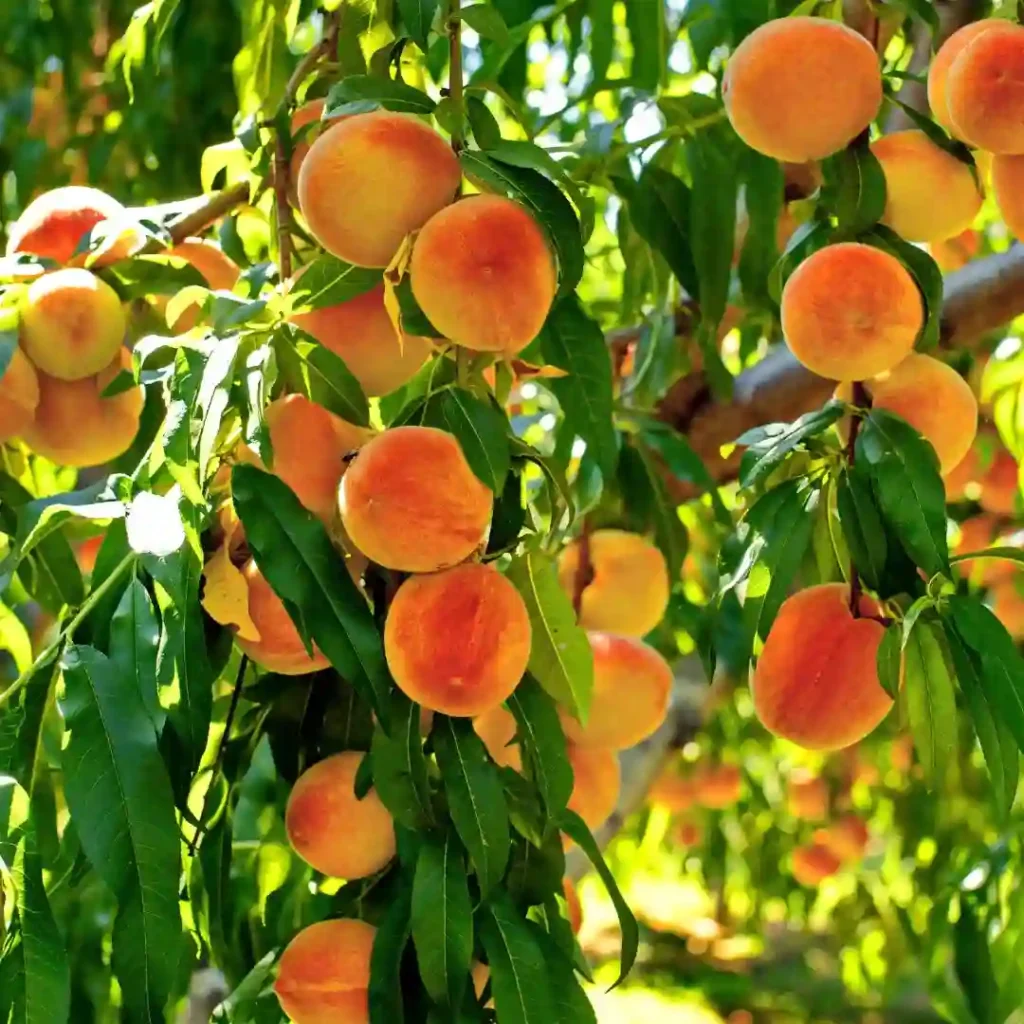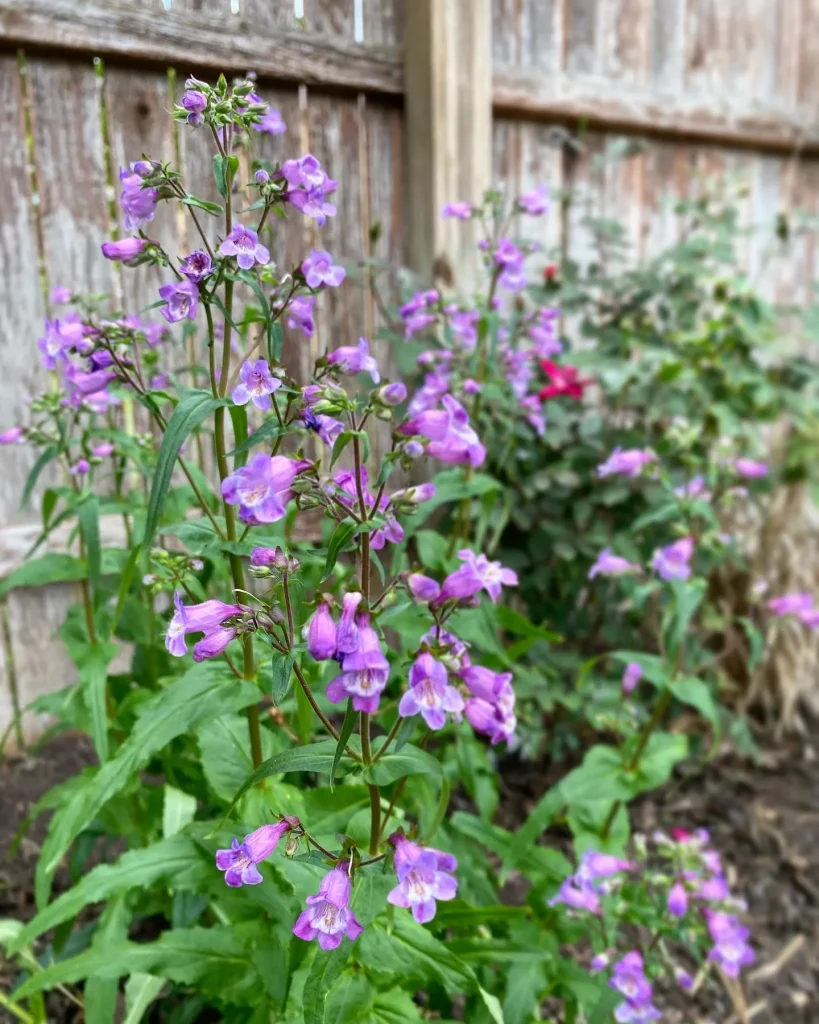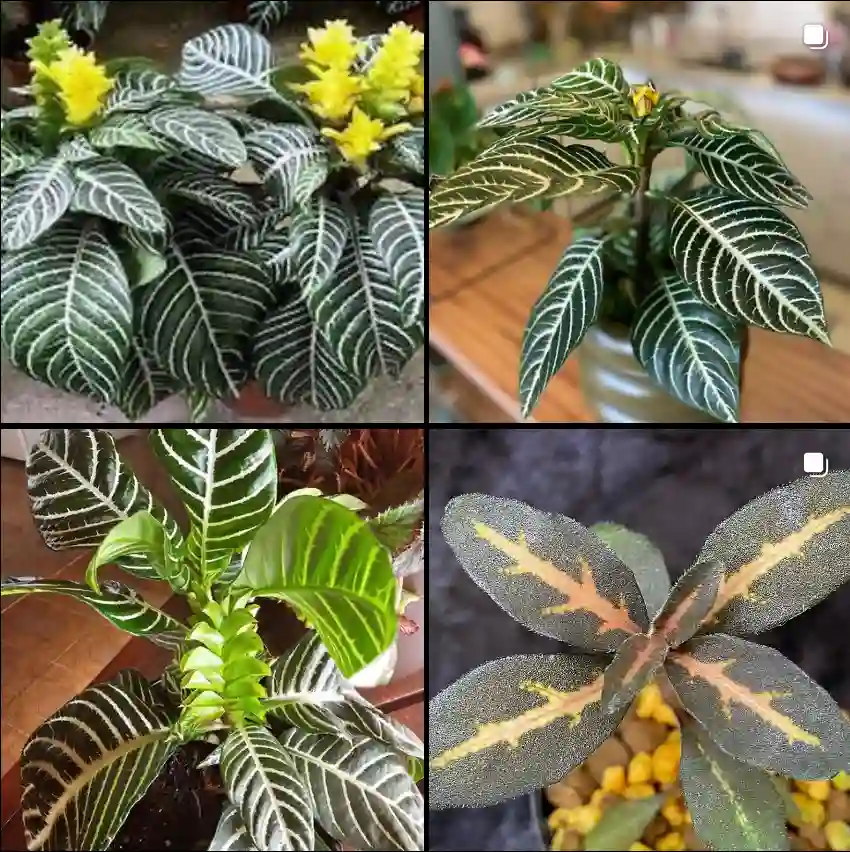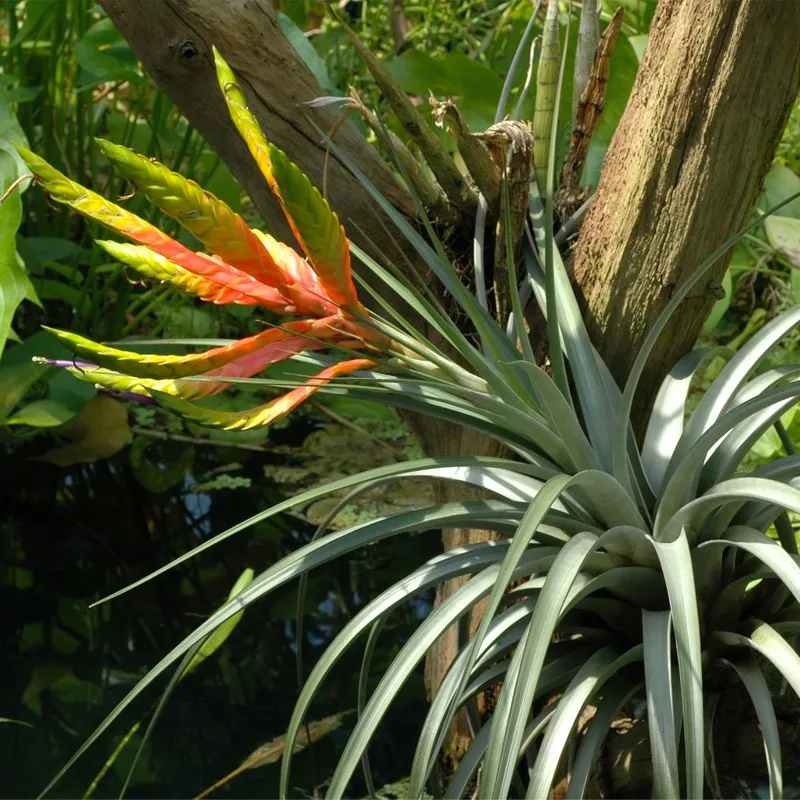Exploring the Tovariaceae Family: My Journey with Tovaria
As a plant enthusiast, I’ve always found joy in discovering new families and genera that hold unique traits and captivating stories. One family that has particularly piqued my interest is the Tovariaceae. Within this family, the genus Tovaria stands out, and I’d like to share my insights and experiences with it.
What is the Tovariaceae Family?
The Tovariaceae family is a lesser-known group of flowering plants primarily found in tropical regions. Although it might not be as widely recognized as some other families, I’ve come to appreciate its ecological and botanical significance. The family comprises only one genus, Tovaria, which includes a few species that are endemic to South America, particularly in countries like Colombia and Venezuela.
What makes Tovaria unique is its relationship to other plant families. It shares some characteristics with the Melastomataceae and Vochysiaceae, which can sometimes create confusion when identifying plants. However, Tovaria has distinct features that set it apart, such as its specific leaf structures and flower arrangements.
A Closer Look at the Genus Tovaria
In my exploration of Tovaria, I discovered that this genus is quite fascinating. The most recognized species is Tovaria pendula, a shrub that can grow up to two meters tall. I’ve come to appreciate its unique characteristics: the leaves are simple, opposite, and often have a glossy texture, which makes them quite attractive in any garden setting.
Tovaria flowers are also a highlight. They are small but striking, usually borne in clusters. Their colors range from white to pale yellow, and they have a subtle fragrance that attracts various pollinators, including bees and butterflies. I remember the first time I saw a Tovaria plant in bloom; it was a delightful experience that reminded me of the beauty and diversity found within the plant kingdom.
Cultivation and Care Tips
If you’re considering adding Tovaria to your collection, I’d like to share some practical tips based on my experiences. First, it’s essential to understand the natural habitat of Tovaria. These plants thrive in well-drained soils and prefer a warm, humid environment. When I first introduced Tovaria to my garden, I made sure to mimic these conditions as closely as possible.
Soil and Light Requirements
I found that a rich, organic soil works wonders for Tovaria. Mixing potting soil with compost has given me the best results. In terms of light, these plants prefer partial shade. Too much direct sunlight can scorch their leaves, while too little can hinder their growth. A spot with filtered light seems to be ideal.
Watering and Fertilization
Watering Tovaria requires a delicate balance. They like consistent moisture but are susceptible to root rot if overwatered. I usually allow the top inch of soil to dry out before watering again. Regarding fertilization, a balanced, slow-release fertilizer applied during the growing season has worked well for me. It’s important not to over-fertilize, as this can lead to excessive leaf growth at the expense of flowers.
Ecological Importance
Beyond their aesthetic appeal, Tovaria species play a crucial role in their ecosystems. They provide food and habitat for various wildlife, including pollinators. The flowers attract not only bees but also hummingbirds, which are vital for plant reproduction. I’ve noticed an increase in pollinator activity in my garden since incorporating Tovaria, and it’s gratifying to see the impact these plants have on local biodiversity.
Conclusion: Why You Should Explore Tovariaceae
In conclusion, my journey with the Tovariaceae family, specifically the genus Tovaria, has been enriching. These plants may not be the most popular, but they possess a beauty and ecological significance that cannot be overlooked. Whether you’re a seasoned gardener or a curious beginner, I encourage you to explore Tovaria. Their unique characteristics and the role they play in their environments make them a worthwhile addition to any collection.
As I continue to learn more about Tovaria and its relatives, I’m reminded of the vast diversity of plant life on our planet. Each species has its own story, and discovering these stories is one of the joys of being a plant enthusiast. If you’re ever in the tropics, keep an eye out for Tovaria—it’s a gem waiting to be discovered.
If i die, water my plants!



